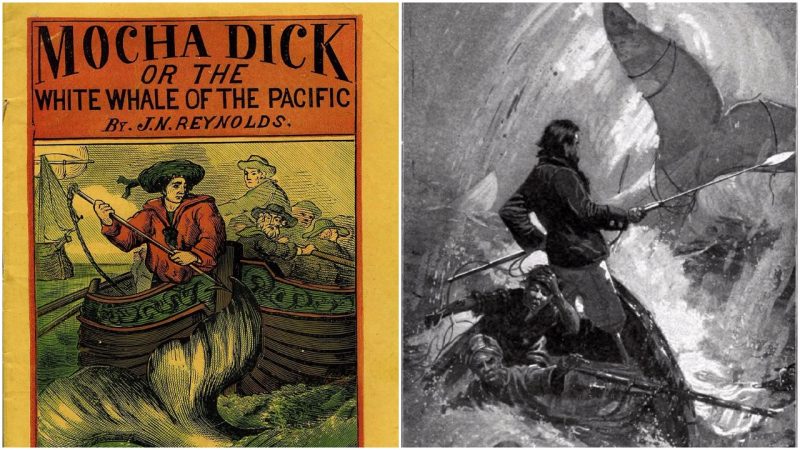The novel Moby-Dick written by Herman Melville in 1851 is a timeless classic of American literature. The narrative follows the obsessive captain Ahab who is determined to kill Moby Dick, a giant murderous albino sperm whale that had bitten his leg off.
The book is a tale of undying perseverance and pathological obsession, and it found its way quickly into the literary canon. Contemporary popular culture is full of references to the novel, but many people don’t know that the inspiration for the character of the whale actually came from reality.
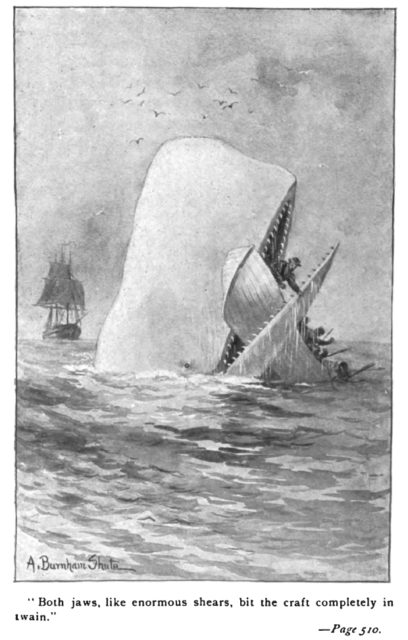
In the early 19th century there actually was a giant, vengeful whale that was the living nightmare of every sailor who crossed its path. Its name was Mocha Dick, and it roamed around the island of Mocha near the coast of Chile. It was known to use the fluke of his tail to wreck small rowboats.
Aside from its immense power and apparent hostility towards fishermen and whalers, Mocha Dick’s notoriety stemmed from its eerie appearance. The whale was albino and its head was covered in huge scars. It was first encountered in 1810, when it attacked a fishing boat off the coast of Mocha Island. Nobody was killed, but the fishermen started spreading the tale of a sentient sea monster that wanted to sabotage the whaling business.
Many whalers of the time wanted to be the ones who would be known as the fearless killers of Mocha Dick. The whale showed remarkable intelligence and skill in evading the whalers’ nets and harpoons. Some historians claim that it managed to survive over a hundred skirmishes that were organized specifically to hunt it down.
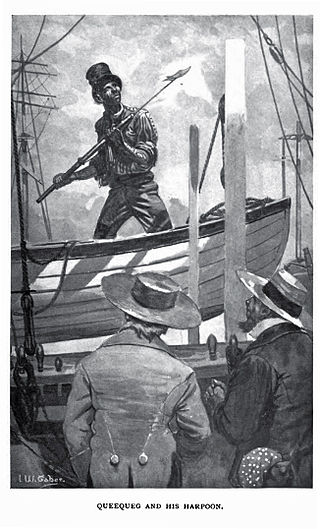
It was finally killed in 1838 when a whaling ship from Nantucket crossed its path. The whale almost tipped over the entire ship by bumping into it with its scarred head. In the end, it succumbed to the 19 harpoon wounds inflicted by persistent sailors.
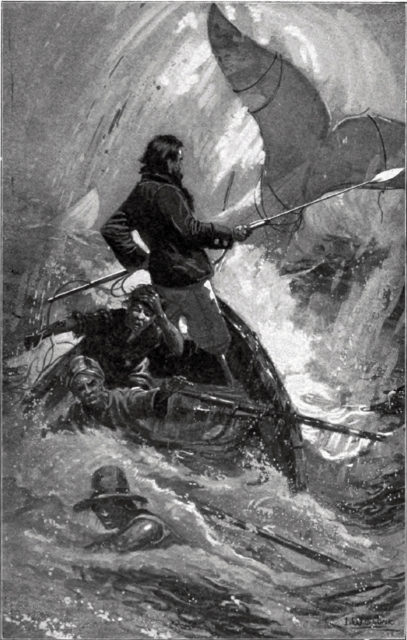
American explorer and journalist Jeremiah N. Reynolds collected accounts from over 30 people who witnessed the whale’s wrecking sprees.
Reynolds published the accounts in 1950 under the title Mocha Dick: Or the White Whale of the Pacific. He reported that he the whaling ship interrupted the whale in saving a cow that had been attacked by villagers on the shore of the Mocha Island.
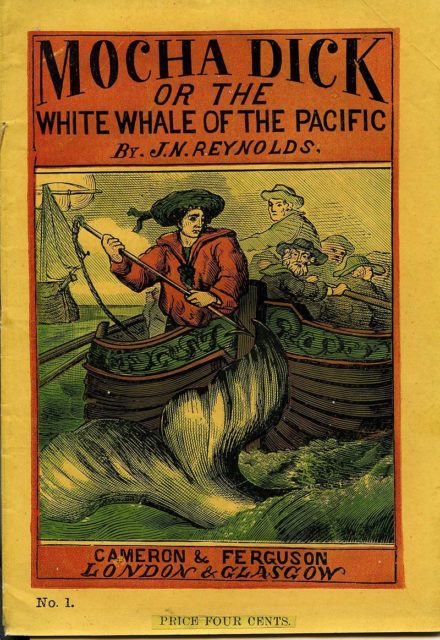
The 70-feet long carcass of Mocha Dick was used for the production of a hundred barrels of whale oil, and several barrels of ambergris. Ambergris was a valuable substance used in the production of the most expensive perfumes, so the whalers who killed Mocha Dick likely became rich.
Reynolds’ book was published just a year before Melville wrote his seminal novel: Melville probably used Reynolds’ book as an inspiration for the ferocious nature of his own ferocious sea monster.
